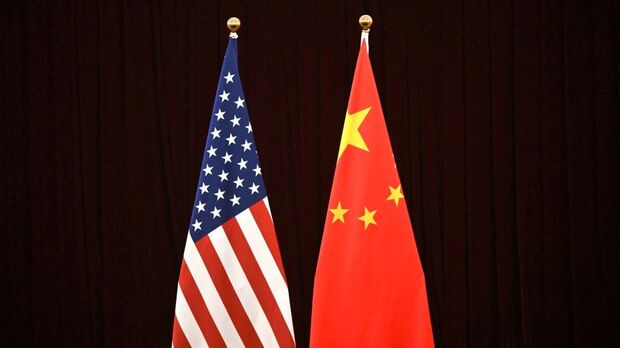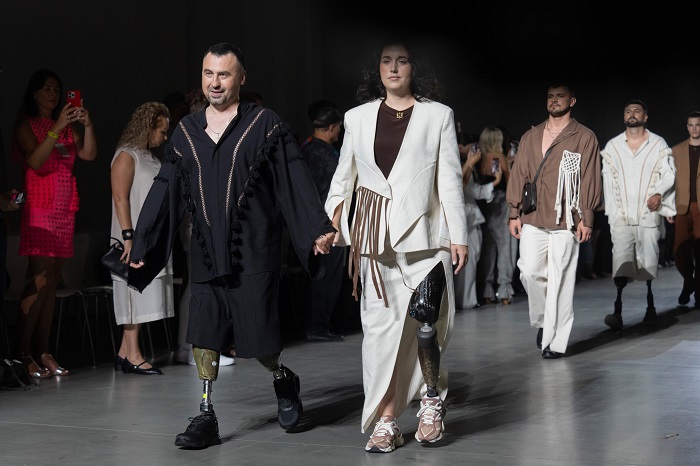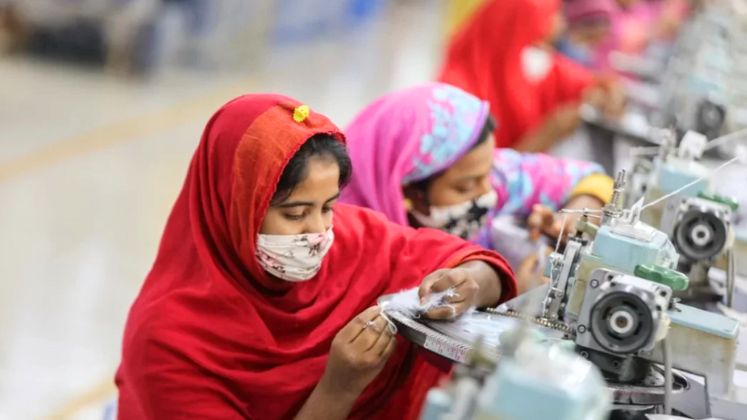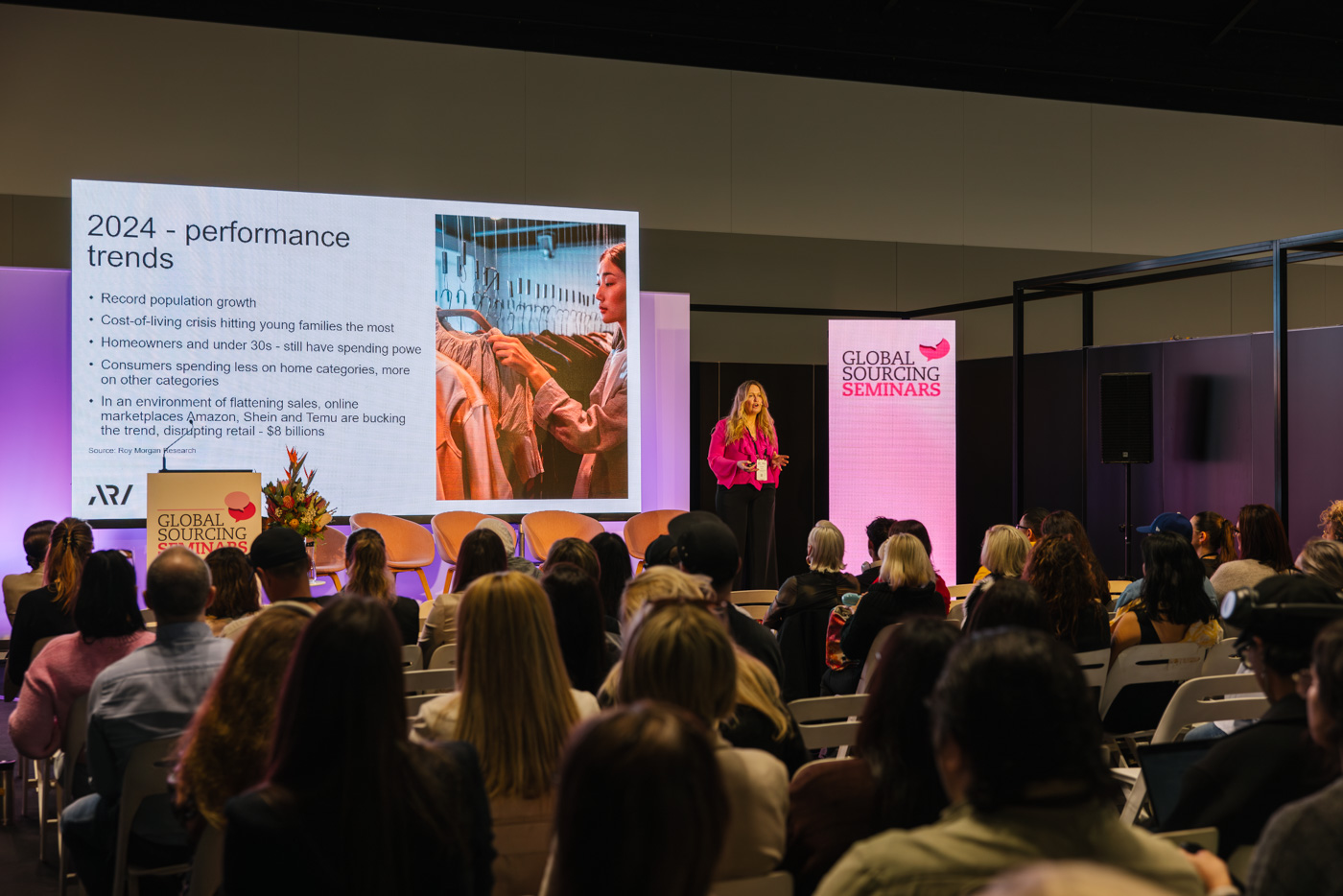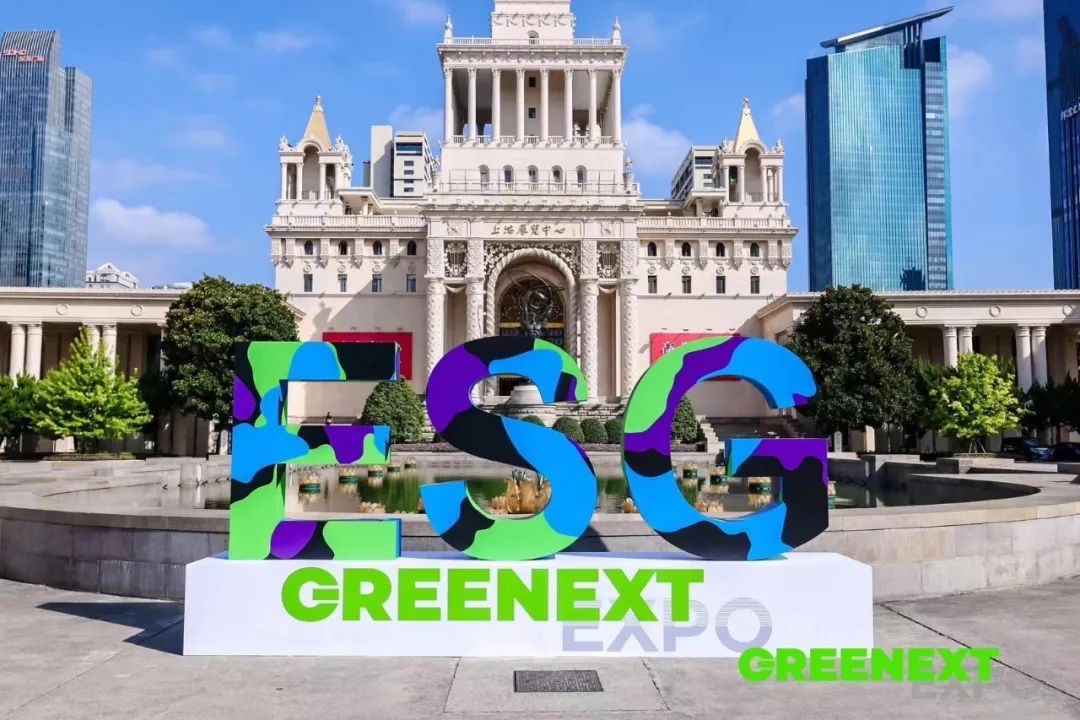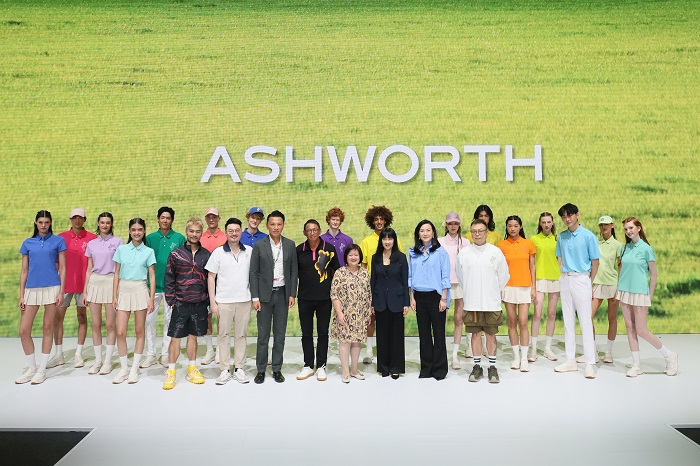FW
UK-based carbon fiber textiles producer, Sigmatex has made a major investment towards the expansion of its North American facility in Orangeburg, South Carolina. This investment increases the company’s weaving capacity by up to 50 per cent besides adding a new production cell to meet the growing demand for Sigmatex products.
Established in 2015, the 75,000-sq-ft Orangeburg facility is designed for scalable and cost-effective manufacturing. It features the company’s proprietary Flat Tow technology and holds AS9100D and DNV certifications, serving as the primary supply hub for North America.
Paul McMullan,CEO, Sigmatex remarks, this expansion will help drive the company’s growth in the region over the next five years. It will enable Sigmatex stay ahead of market demand while maintaining a strong focus on quality, digitalisation, and data-driven improvements, he adds.
Strengthening its presence in the market, Pakistan’s apparel exports to China increased by approximately 5 per cent in the first seven months of 2024.
From Jan-July’24, the total value of Pakistan’s apparel exports to China surpassed $18.03 million, underscoring the growing demand for Pakistani garments in China.
As per recent data, exports of men’s clothing increased by 6 per cent from $12.65 million to $13.10 million, while women’s apparel exports rose from 4.66 million to $4.93 million.
GhulamQadir, Commercial Counsellor, Pakistan Embassy in Beijing, attributed this success to the high quality and competitive pricing of Pakistani apparel, which is gaining popularity in China.
Pakistan’s strategic geographical location, facilitating efficient land trade with China, along with the zero-tariff benefits under the China-Pakistan Free Trade Agreement (CPFTA), has provided Pakistani exporters with a competitive advantage. These factors have not only eased access to the Chinese market but have also enhanced the appeal of Pakistani apparel to Chinese buyers.
In a bid to further strengthen trade relations, a Pakistani textile delegation is set to participate in the upcoming China International Import Expo (CIIE 2024). They will showcase their latest designs in a fashion show featuring Pakistani models, an event expected to boost Pakistan’s visibility in the Chinese fashion market.
Moreover, a large Chinese delegation is scheduled to attend ‘Texpo,’ a premier textile and leather exhibition organised by the Trade Development Authority of Pakistan (TDAP) in Karachi this October. These events play a crucial role in fostering closer trade ties between the two countries, offering platforms for businesses to explore new opportunities and collaborations.
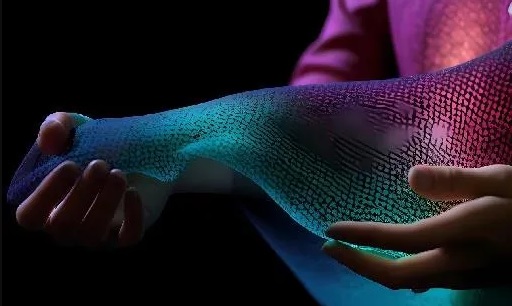
The functional textile market is experiencing a period of unprecedented growth, driven by numerous factors like: rising consumer awareness about health and wellness, advancements in technology, and increasing demand for performance apparels. These textiles, imbued with specific properties beyond aesthetics, are reshaping industries from apparel and sportswear to healthcare and automotive.
As per a report by MarketsandMarkets, the global functional textiles market was valued at $140.12 billion in 2022 and projected to $273.18 billion by 2031, growing at a CAGR of 7.7 per cent during the forecast period.
Health awareness, outdoor activities trigger growth
Several factors are pushing up growth of the functional textile market. Primary among them is growing awareness on health and wellness. Post-Covid years, there is more emphasis on health and fitness that has led to increased demand for athletic and performance wear, which often incorporates functional textiles. Demand for apparels with moisture-wicking, temperature-regulating, and antimicrobial properties have grown.
The growing elderly population is also driving demand for textiles with antimicrobial, moisture-wicking, and temperature-regulating properties. The popularity of outdoor activities like hiking, camping, and skiing has increased the need for durable and protective textiles. And functional textiles find applications in various industries, including healthcare, automotive, and military, contributing to market growth. Consumers are increasingly seeking eco-friendly and sustainable options, driving the development of recycled, organic, and biodegradable functional textiles.
Innovations in materials science and textile engineering are enabling the creation of textiles with enhanced functionalities. In fact, technology is at the heart of the functional textile revolution. Nanotechnology, for instance, is being used to impart water repellence, stain resistance, and UV protection to fabrics. Additionally, advancements in fiber engineering are leading to the development of high-performance fibers with superior strength, elasticity, and durability. The development of textiles with embedded sensors and electronics enables real-time monitoring of vital signs and environmental conditions.
Global market landscape
The Asia Pacific region is the largest consumer of functional textiles, driven by a growing middle class and increasing disposable incomes. Europe and North America follow closely, with a mature market and a strong preference for high-performance apparel.
China remains the dominant player in functional textile manufacturing, benefiting from a robust textile industry and cost-effective production. However, countries like India and Vietnam are emerging as manufacturing hubs due to lower labor costs and government support.
Downstream garment manufacturing
The growth of the functional textile market is directly impacting the downstream garment manufacturing industry. Brands are incorporating functional fabrics into their product lines to cater to the evolving consumer preferences. Athletic apparel brands, in particular, have been at the forefront of adopting functional textiles.
As experts say, functional textiles have revolutionized the way apparels are designed and manufactured. Consumers expect more than just style; they want performance and comfort, and functional textiles deliver on both fronts. Several companies are at the forefront of the functional textile market. Material science giants with companies like DuPont, Gore-Tex, and INVISTA are leading in developing innovative functional fibers and fabrics. Apparel brands too are in the race with Nike, Adidas, and Under Armour as major consumers of functional textiles have invested heavily in research and development to create high-performance apparel. Textile manufacturers like Toray Industries and Unifi are key players in the production of functional textiles.
Roadmap to future
While the functional textile market is experiencing significant growth, it also faces challenges such as high production costs, regulatory hurdles, and consumer education. However, the long-term outlook remains positive, driven by ongoing technological advancements, increasing consumer awareness, and the growing demand for sustainable and high-performance textiles.
The future of functional textiles is good, with the potential to transform various industries and improve people's lives. As research and development continue to accelerate, the industry can expect to see more innovative and functional textiles emerging in the market.
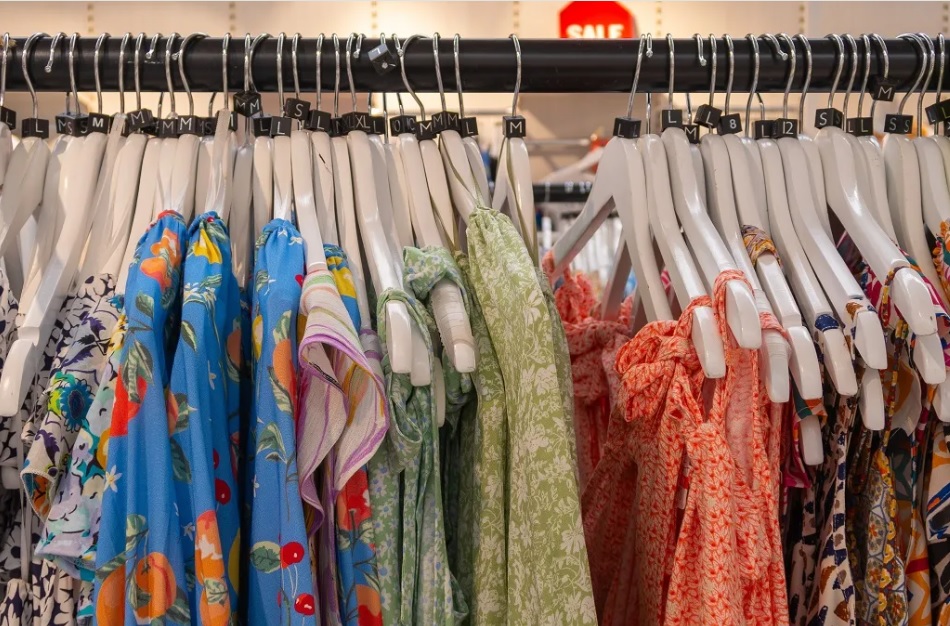
Recent data from the World Trade Organization and the United Nations paints a complex picture of China's textile and clothing exports in 2023. As per an analysis by University of Delaware academician Sheng Lu, done on recent World Trade Organization and United Nations, while China retained its crown as the world's largest clothing exporter, it navigated a turbulent landscape of geopolitical tensions and a 'de-risking' trend among Western fashion companies.
Year 2023 saw China's clothing exports reach a value of $164 billion, which was 31.6 per cent of the global market. Despite a 9.7 per cent decrease compared to 2022 due to weaker market demand, China's performance outshined other major suppliers like Bangladesh, Vietnam, India, and Indonesia.
Highlights from the study
The study revealed geopolitical tensions and de-risking efforts by Western companies are challenging China's export outlook. Although China's clothing exports performed better than other major suppliers in 2023, it is losing ground in crucial Western markets like the US, EU, UK, and Canada. China's grip is loosening in key Western markets. The 2024 Fashion Industry Benchmarking Study reveals that 43 per cent of leading US fashion companies now source less than 10 per cent of their apparel from China, up from 18 per cent in 2018. This shift is driven by concerns over forced labor in Xinjiang and escalating geopolitical tensions. It also showed, China is diversifying its export markets beyond traditional Western economies. Asian and African countries are becoming increasingly important destinations for Chinese clothing. However, the long-term potential of these markets remains uncertain.
Table: Decline in US fashion companies sourcing heavily from China
|
Year |
Percentage of us fashion companies sourcing over 50% of apparel from China |
|
2018 |
72% |
|
2024 |
41% |
Moreover, China's economic slowdown could lead to an increase in low-cost clothing exports. A weaker domestic market might result in more Chinese-made clothing flooding the international market, intensifying price competition and potentially causing trade tensions. This is already evident in the 7.6 per cent decrease in the average unit price of US apparel imports from China between June 2023 and June 2024.
Table: Change in average unit price of US apparel imports
|
Country of origin |
Change in average unit price (June 2023 - June 2024) |
|
China |
-7.60% |
|
Bangladesh |
+0.6% |
|
Vietnam |
+0.9% |
Asian countries are becoming more cautious about sourcing yarns and fabrics from China. Concerns over forced labor and geopolitical risks are prompting a shift towards alternative regional suppliers.
The study also highlighted, China is actively diversifying its exports beyond traditional Western markets. Asian economies, especially RCEP members, and Africa are gaining prominence. However, the long-term growth potential in these markets, with their own aspirations for clothing production and exports, remains uncertain.
The future of China's textile and clothing exports hinges on navigating a complex web of challenges. While the 'de-risking' trend and economic slowdown pose significant hurdles, China's market diversification efforts and competitive pricing offer potential avenues for growth. However, long-term success will depend on addressing concerns about forced labor, geopolitical tensions, and fostering sustainable growth in emerging markets.
Expanding at a CAGR of 6.64 per cent, the global denim jeans market is projected to grow by $23.86 billion between 2024 and 2028. As per a report by Technavio, this growth is likely to be driven by the expanding retail space and a shift towards sustainable practices.
Demand for denim jeans is particularly booming among baby boomers and women, who prefer loose-fitting, stylish jeans. Men's denim continues to be popular amongst laborers as manual attire, while women’s prefer low-rise, curve, and straight-leg skinny jeans. Style trends in the denim jeans market are being shaped by fashion influencers and increased fashion awareness amongst consumers with skinny, tapered, and eco-friendly options gaining popularity.
Environmental concerns are encouraging jeans manufacturers to adopt sustainable practices, such as recycling textile waste and implementing water-saving techniques like foam dyeing and laser finishing. These techniquesare designed to reduce significant resource consumption associated with denim production, including water, chemicals, and energy.
Despite growth, the global denim jeans market continues to face stiff competition from alternative apparels like dresses, leggings, and yoga pants, which have become popular due to their functionality. Additionally, inconsistent denim quality—such as early fading, wear and tear, and shrinkage—deters consumers from paying full price, further challenging market growth.
Driven by high smartphone use and internet penetration, online shoppingis also transforming the retail landscape, although offline channels remain significant. Cotton-based work clothes, including jeans, shirts, and jackets, continue to be staple choices, with the textile industry playing a crucial role in the global denim trade.
Style trends like antimicrobial and sustainable denims are becoming popular with companies like Canatiba Denim Industry creating innovative jeans to meet evolving consumer demands. To sustain growth in thismarket, manufacturers need to develop competitive designs besides adhering to the required sustainability standards.
RE&UP Recycling Technologies, a leader in scalable recycling solutions for Next-Gen fibers, has been honored with the ITMF Start-up Award 2024, underscoring its innovative approach to sustainable textile practices.
Awarded by the International Textile Manufacturers Federation (ITMF), this prestigious recognition celebrates start-ups driving transformative change in the textile industry. The award ceremony will take place during the ITMF & IAF Conference 2024, from September 8-10, in Samarkand, Uzbekistan, co-hosted by the Uzbek Textile & Apparel Industry Association (UZTS).
Andreas Dorner, General Manager of RE&UP, expressed deep honor in receiving the recognition from the ITMF. He emphasized the company's mission to revolutionize textile recycling by making it more efficient and accessible, viewing the award as a testament to the team's dedication to advancing sustainable practices in the industry.
RE&UP is one of four winners this year, alongside Sci-Lume Labs, Sycoretec CAS, and Syre Impact. The award provides RE&UP a platform to present its cutting-edge technology and business model at the upcoming conference, where global textile leaders will convene.
This opportunity will allow RE&UP to engage with established companies, fostering collaborations to integrate sustainable practices more deeply into textile manufacturing.
The ITMF Start-up Award continues to spotlight emerging companies that are set to reshape the future of textiles, promoting innovation and sustainability across the sector.
The world’s largest textile trade fair, InterTextile, has begun in Shanghai, hosting over 4,000 exhibitors—a record number for the event. This year’s show highlights China's ongoing prominence in the global textile industry, showcasing the latest innovations and trends.
A key highlight is Prutex, an A-share listed Chinese textile manufacturer, introducing its innovative chemical recycling process for nylon. This technology, the first of its kind in China, avoids the yellowing associated with physical recycling methods and allows nylon to be recycled multiple times. Prutex's innovation is set to produce 20,000 tons annually, reflecting the industry's shift towards sustainable practices.
Kevin Shen, Executive Vice President of Prutex Nylon, highlighted that while Southeast Asia draws in labor-intensive, lower-stream sectors, China’s textile industry continues to excel in the middle and upper streams. The majority of Prutex's clients, both domestic and international apparel brands, seek advanced raw materials, reflecting China's competitive edge in higher-value manufacturing.
China’s textile sector, which peaked in 2014, has since transitioned from lower-stream production to more sophisticated, value-added manufacturing. The presence of 1,000 foreign exhibitors at InterTextile 2024 underscores China's role not only as a manufacturing hub but also as a global trading center for textiles.
Despite rising labor and raw material costs, China's textile exports saw a modest 1.5 per cent growth in the first half of the year, signaling the sector's enduring competitiveness.
To help transform the industry, Uzbekistan aims to double textile exports to $6.5 billion by 2026.
AbdulazizAbudrakhimov, Press Secretary, Uztekstilprom, says, the country aims to expand into new markets with deeper integration into global supply chains. To achieve this, it plans to enter into new collaborations with international organisations like the International Textiles Manufacturers Federation (ITMF) and the International Apparel Federation (IAF).
Foreign investment would be a significant driver of this growth, with international companies setting up factories across the country. An Italian brand has launched a factory in Kashkadarya, and two German companies have commenced operations, boosting production and export capacity. To secure new markets, Uzbekistan continues to send regular business missions to countries like China and various European nations.
From $3.5 billion in 2023, Uzbekistan plans to double its textile exports by 2026 increasing their volume and shifting toward higher-value products. The country also plans to focus on exporting fabrics and ready-made garments, such as t-shirts, trousers, and jeans, which are gaining popularity in Europe.
Historically known for high-quality cotton, Uzbekistan is reducing reliance on raw cotton exports in favor of finished products like fabrics and garments. This helps add value and increase revenue.
In September 2024, Samarkand will host the ITMF Annual Conference & IAF World Fashion Convention, a major event expected to attract over 500 industry professionals. The conference will address critical industry issues such as AI, production digitalisation, sustainable development, and supply chain optimisation, further solidifying Uzbekistan’s role in the global textile industry.
Marking a significant shift in consumer preferences, Asics has emerged as a leading brand in the sneaker resale market. As per a report by online trading marketplace StockX, with demand for major labels like Nike on a decline, challenger brands such as Yeezy and Fear of God are reshaping the secondhand sneaker landscape, with Asics standing out as a key player.
Asics' resurgence can be attributed to several factors, particularly its strategic collaborations and the enduring appeal of its classic models. A notable collaboration fuelling Asics' success is the JJJJound x Asics Gel-Kayano 14, released in 2022. Along with other popular releases, this partnership has helped position Asics as a sought-after brand in the resale market.
Asics' classic models, such as the Gel-1130 and Gel-Kayano 14, continue to drive the brand's popularity, highlights StockX, Additionally, the brand’s newer releases like the Gel-NYC and GT-2160 have also garnered significant attention, further solidifying its position in the market.
Scott Cutler, CEO, StockX, notes, driven by shifting consumer preferences and innovations from challenger brands, the sneaker market is undergoing significant changes. The inspiration and innovation coming from these brands are shifting market share and consumer preferences away from traditional leaders, he adds.
The streetwear market is also experiencing notable shifts, with legacy brands such as Supreme and BAPE reporting declines of 3 percent and 7 percent, respectively. In contrast, Fear of God has experienced an 18 percent rise, reflecting the brand's growing influence and appeal within the streetwear community.
The 9th Canadian Clothing and Textile Purchasing Exhibition (ATSC) kicked off on August 26 at the Toronto International Centre. Organized by the China Chamber of Commerce for Import and Export of Textiles (CCCT) and Jiangsu Trade Promotion International Conference & Exhibition Co., Ltd. (JSICE), with support from the Canadian Apparel Federation (CAF) and JPC from the US, the event attracted exhibitors from over 10 countries, including China, Pakistan, and Canada.
With more than 200 booths spread across 3,000 square meters, the exhibition saw over 120 Chinese exhibitors showcasing a diverse range of products, from clothing and home textiles to bags and shoes. Notable Chinese brands like Peak, Aparso, and Mizuda were featured as part of a special promotion supported by China's Ministry of Commerce, highlighting their quality and expanding their international presence.
The first day of the exhibition drew around 800 visitors, with total attendance expected to surpass 2,000 over the three-day event. The exhibition also hosted over 20 forums, where industry experts from Europe and the US discussed key topics such as global procurement trends, supply chain security, and sustainable development.
A follow-up trade fair is scheduled in Montreal on August 30, featuring 70 companies, further emphasizing ATSC's role as Canada's leading international textile and clothing procurement event.



